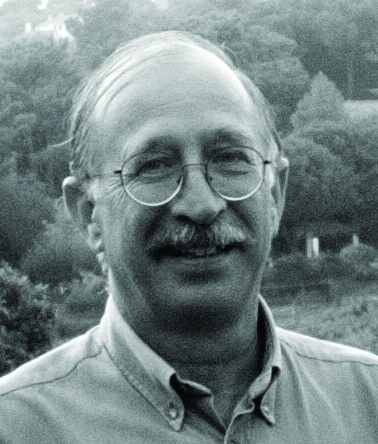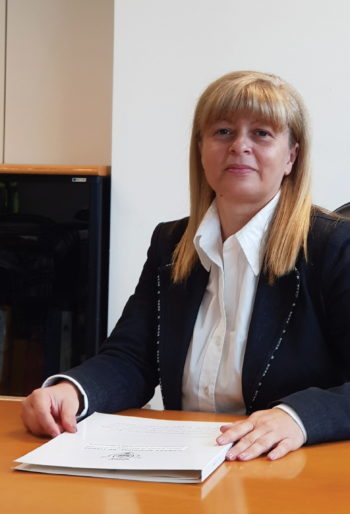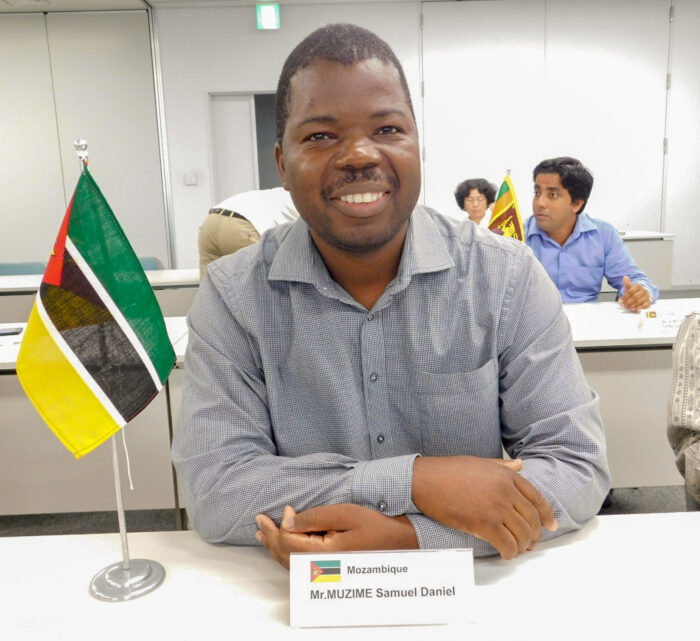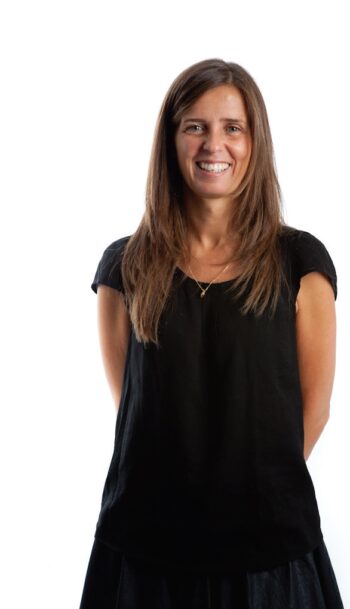A conversation with Arch. Alberto de Souza Oliveira

A conversation with Arch. Alberto de Souza Oliveira
‘Architecture is art… I think it’s a joy to meet clients who like to live in our spaces… and to inhabit places where they can dream’
Your training is based on Louis Kahn’s Atelier and the University of Pennsylvania. Do you owe much to this experience?
I owe Louis Kahn an acquired attitude of research and theorizing in the practice of architecture. The value of space, asking ourselves about the essence of a project, how to build it. Life is composed of change, and today “materiality” and “strategy” are unquestionable values in the formulation of a proposal. I have contributed to spread the idea that a project involves a question of “compactness”, that is, that it contains the necessary and the essential of an expression and that transforming the space is something very admirable.
What do you have to say about Lisbon Stone Block?
A corner building in the city is always a challenge for an architect. It is a “corner” in the city… The essential idea of the project starts from a concept of “mutant facade” consisting of a “stone skin”, which is formed by movable panels, with the ability to transform the building into a “stone block ”. This capacity to convert the building brings it closer to sculpture. I will say that the building is an “inhabited sculpture”. During the day, light penetrates the spaces and at night it leaves several voids of light, and of no light, that allow multiple compositions. I already thought that the building is a kind of object in permanent change that presents itself silently to the city.
Did you also innovate with this project?
I think I tried to innovate the building internally, by proposing a mutation of the interior space through “wooden slatted panels”, which acquire different positions, obtaining variable spatialities in the living room and in the distributive spaces, without affecting the coherence of the space. All rooms are places where I admittedly wouldn’t mind living, and that is also a value in my way of designing.
You won the tender for the Capitólio Rehabilitation, in Parque Mayer. Was it a different challenge to recreate a theater?
The Capitólio led us to question what it is to rehabilitate a theater building. First of all, we are dealing with the memory of space… and the value of the building’s use. We want it to have a future use, to be successful as a theater. The Capitólio is a “magic box” that we decided to expand in its “skills” as a theater space. It is a magical space of multiple transformations, adapting to countless scenic models. The building existed but it lacked the capacity to assume these multiple valences of space. It was very difficult to reconcile the character and the contained lines of its modernism with the installation of stage machinery, very evolved as technology. Nowadays it is possible for someone to “land” on stage, computer controlled, synchronized by unforgettable music… Of course the Capitólio is difficult when we want to obtain silence in a space formed by glass walls, installed in a possible amusement park… but this is a problem that is solvable with the years of experience of a project team…
Is rehabilitation a big challenge in Baixa Pombalina?
When I talk about rehabilitation, I feel like thinking about “untouchability” at the same time. When I worked on the rehabilitation of a Pombaline building in Baixa Histórica de Lisboa, that was the big question. Will we be able to maintain the memory, and the “untouchability” of a heritage? When transforming, what is at stake? Life tells us that it is very difficult to reconcile the contemporaneity of a proposal with the values of the past. But it is possible. I think Baixa is a big challenge. How to integrate the values of an architecture that has its own atmosphere? The old planks, the tiled walls, the openings and the wooden shutters, in a tireless compositional game? Is it possible to leave a contemporary value in the proposal and assume the values present in those Lisbon atmospheres? I opened the door quietly, and Fernando Pessoa had been in that office.
You have also made new houses… Vila Utopia is an innovative concept of design and identity. How did you see the idea of participating in a project with 17 more architects?
Vila Utopia was a challenge launched by Eng António Rodrigues and suggested by architect and friend Manuel Aires Mateus. I had two houses to design that are now built. I know today, after having done the project and built the houses, that it is an unique project. The challenge was to investigate “the space of the house” and to bring to architecture anything that would come to our memory. Is it possible to build the “memory” of a habitable space? I think so. There are two houses, with the same philosophy of full and empty… equal and different. The houses are an exercise in subtracting space, allowing foresight of small interior patios, allowing the visualization of small gardens, from bedroom spaces. The house is mysterious and versatile. A room can be a living room. On the ground level there is a multiplicity of spaces and patios with different accesses. It was an unforgettable adventure and I’ve built a friendship with an unbelievable client, for his generosity in questioning himself and seeking to find new values in architecture. I showed him one day that it was possible to “inhabit a room with a virtual garden in front of it”.
Are those houses art?
I tried for them to be houses that were constituted as an artistic expression: an unforgettable memory of a courtyard of colorful plants, in a spring that emerges. Architecture is art… I think it is a joy to meet clients who like to live in our spaces… and to inhabit places where they can dream.
What do you have to say about the Lisbon Stone Block nomination for the Mies Van der Rohe award?
It is an appointment that honors me, but no more.
This interview is an integral part of Revista Artes & Letras # 38, January 2013
Partially automatic translation from portuguese: some expressions may differ from their actual meaning.
News & Interviews
A conversation with Eng. Elisabete Portalegre
'I would like our work, which does not belong to us, to be congratulated, served, endured and continued to contribute to a real imaginary, committed to the definitive construction of an ever better city' Read more
A conversation with Eng. Samuel Muzime
'The main challenges of CFM are: to be a regional reference in cargo transport at a competitive price and with safety, having infrastructures with continuous modernization and well-trained and motivated personnel' Read more
A conversation with Arch. Mafalda Neto Rebelo
'We are in a transitory time, prices are crazy but areas that were dark are colored, others were born from scratch. There just needs to be a balance.’ Read more




